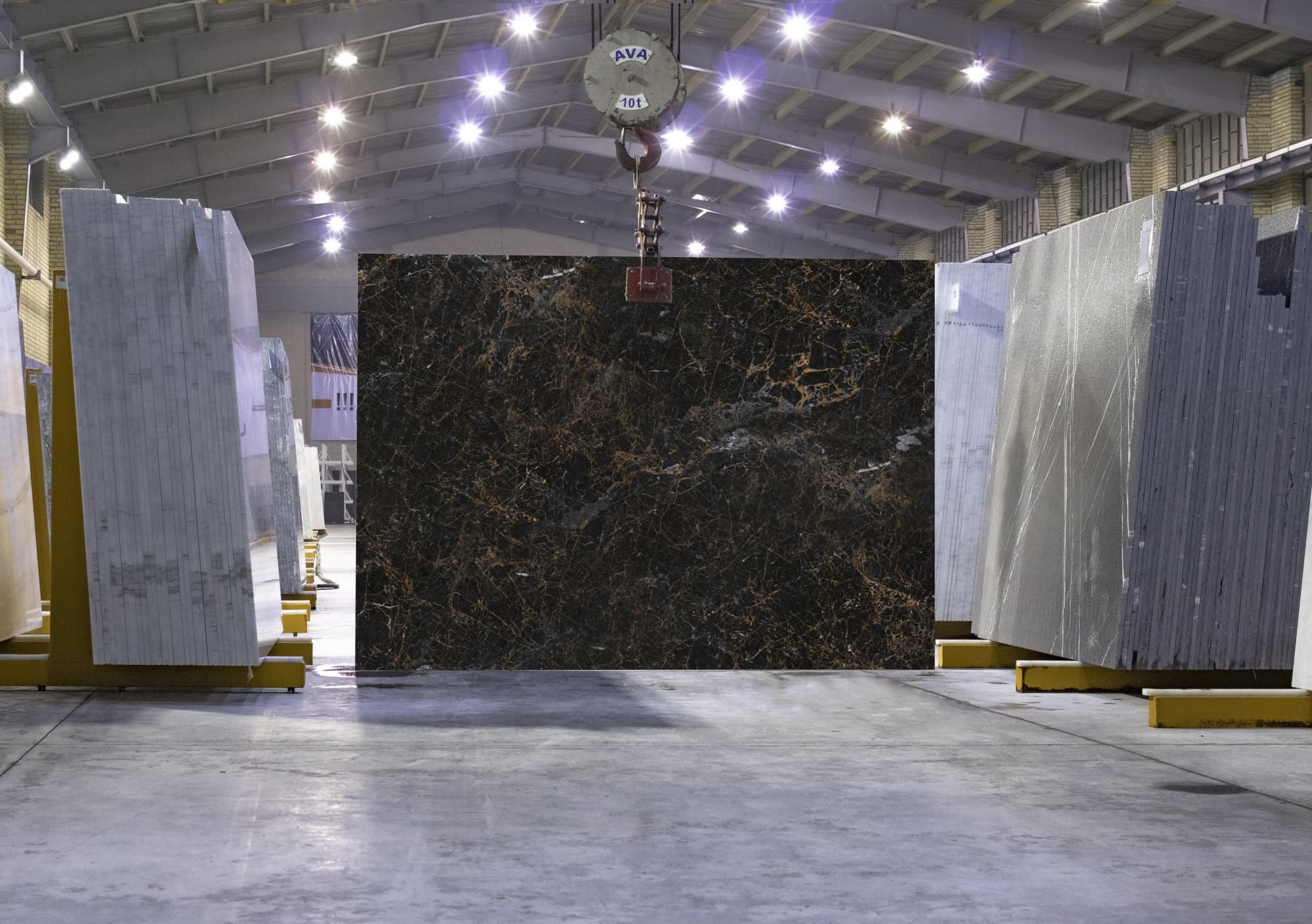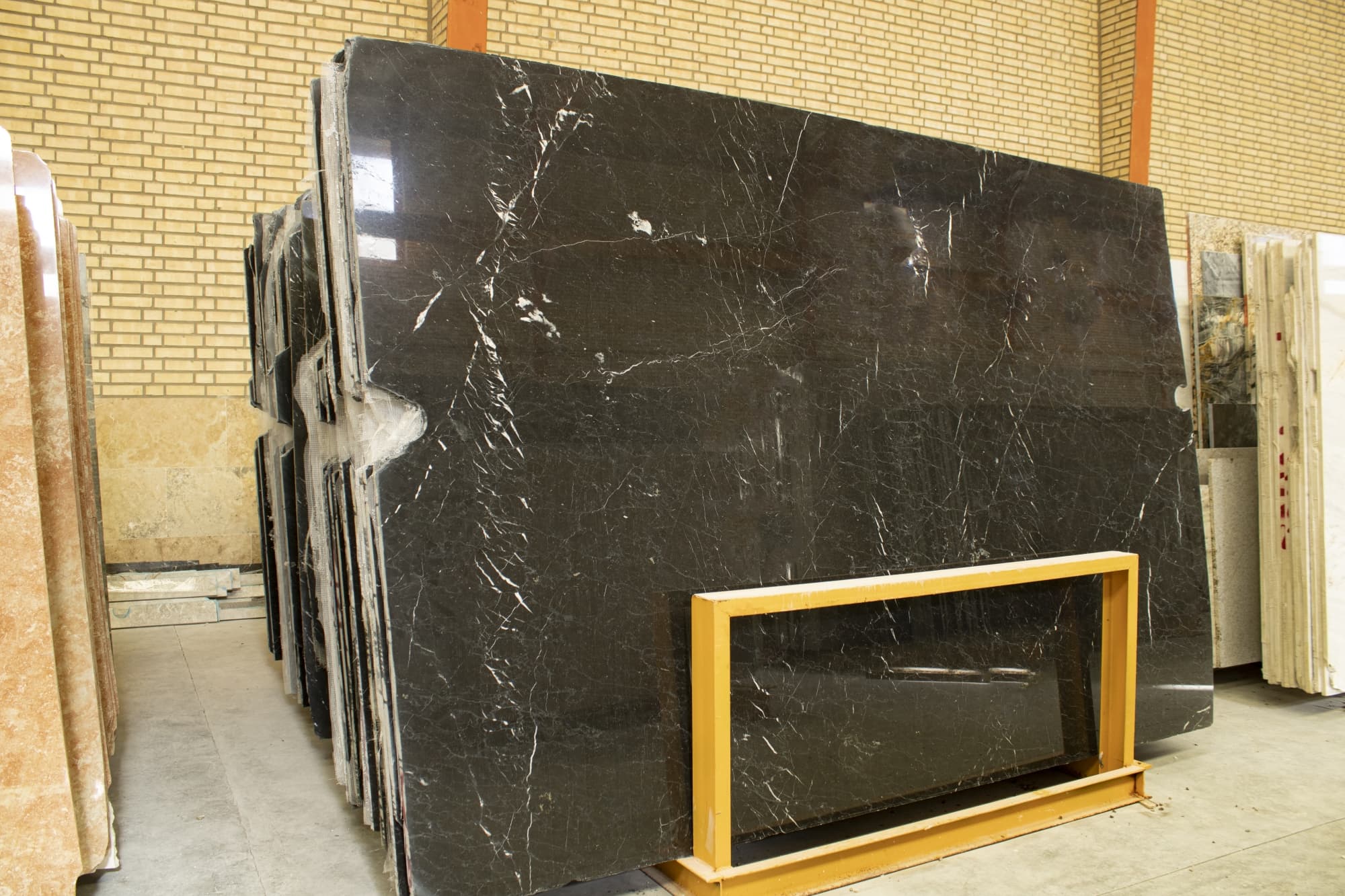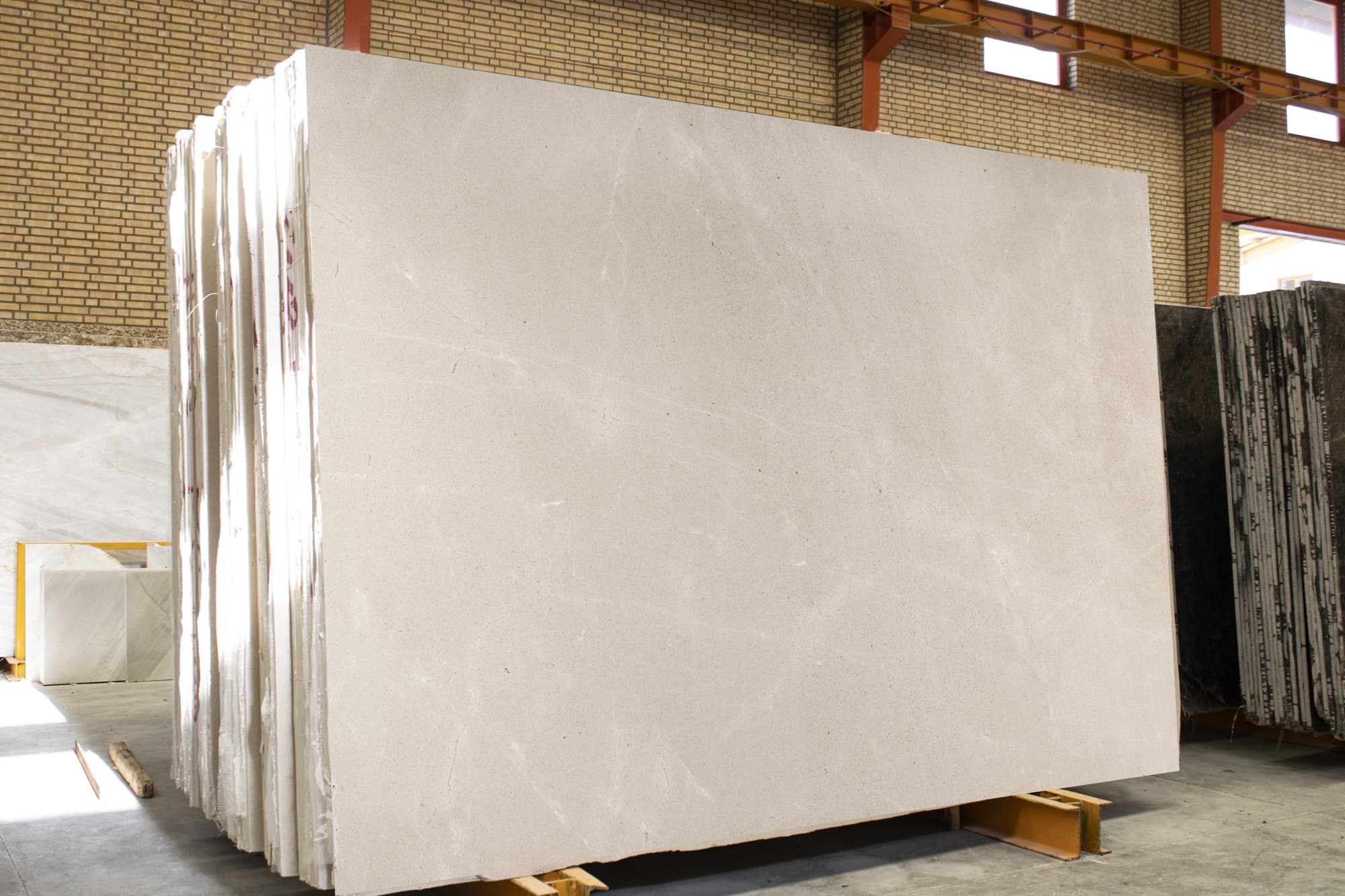Concerns about the composition of marble and silica often arise, with questions like “Does marble stone contain silica?” lingering in the minds of many. Marble, revered for its timeless beauty and versatility, has been a staple in construction and decorative arts for centuries. In this article, we delve into the intricacies of marble’s composition, exploring the presence of silica and its significance.
Marble’s Composition
Marble’s composition is a fascinating subject encompassing various geological processes and mineral components. Primarily, marble is formed from limestone undergoing metamorphism under high temperature and pressure conditions. This transformation recrystallizes the original minerals, predominantly calcium carbonate, into the distinct crystalline structure that characterizes marble. Additionally, marble often contains traces of other minerals, such as quartz, mica, and silica. These additional minerals contribute to marble’s unique appearance, color variations, and physical properties. Understanding marble’s composition provides insight into its durability, aesthetics, and suitability for different applications, from architectural uses to artistic endeavors.

What is silica?
Silica, also known as silicon dioxide (SiO2), is a naturally occurring compound commonly found in various minerals, rocks, and soils. It is one of the most abundant minerals on Earth and has numerous industrial and commercial applications. Silica exists in different forms, including crystalline and non-crystalline (amorphous) structures.
In its crystalline form, silica occurs as quartz, a significant component of many rocks, including granite and sandstone. Crystalline silica is rugged and durable, making it valuable in construction materials like concrete, bricks, and tiles.
On the other hand, amorphous silica lacks a well-defined crystalline structure and is commonly found in materials like glass, diatomaceous Earth, and silica gel. Amorphous silica has various uses in products ranging from pharmaceuticals and cosmetics to food additives and filtration agents.
Silica is known for its versatility and properties like high hardness, heat resistance, and chemical inertness. However, prolonged exposure to respirable crystalline silica dust can pose health risks, including respiratory issues like silicosis and lung cancer, so proper safety precautions are essential in industries where silica is handled or processed.
Silica in Marble: Fact or Fiction?
The presence of silica in marble is not merely a myth but a scientific reality. While marble is primarily composed of calcium carbonate, the same compound found in limestone, it also often contains trace amounts of silica. This silica content originates from the geological processes of marble formation, where various minerals and compounds may become incorporated into the stone. Despite its presence, the silica content in marble is typically minimal, and its significance lies more in its geological context rather than any practical implications for most marble applications. Understanding the presence of silica in marble helps provide a more comprehensive understanding of its composition and geological history.

Should we be concerned about the presence of silica in marble?
Worries about silica in marble are generally unwarranted for most applications. While silica is indeed present in marble, typically in trace amounts, its concentration is minimal and poses negligible risks for most individuals. The silica content in marble is usually lower than that of other natural stones like granite or sandstone, known for their higher silica content. As a result, the silica in marble is unlikely to pose significant health hazards, such as silica dust exposure, which can lead to respiratory issues like silicosis. Additionally, marble’s solid structure mitigates silica particles’ release, further reducing any potential risks. Overall, silica in marble is not a cause for concern in most practical applications, and marble remains a safe and desirable material for various uses in construction, decoration, and sculpture.
Silica’s Influence on Marble Properties
The silica content in marble can significantly influence its physical and chemical properties, impacting factors such as strength, porosity, and weathering resistance.
1. Strength:
Silica can contribute to marble’s overall strength and durability. While marble primarily comprises calcium carbonate, adding silica can enhance its structural integrity. Silica acts as a binding agent, helping to cement the mineral grains together, thereby increasing the marble’s compressive strength and resistance to deformation.
2. Porosity:
The silica in marble can affect its porosity or the volume of open spaces within the stone. Generally, marble with higher silica content tends to have lower porosity. This is because silica can fill in the gaps between mineral grains, reducing the overall permeability of the stone. As a result, marble with higher silica content may be less susceptible to water absorption and staining.
3. Weathering Resistance:
Silica can also enhance marble’s resistance to weathering and environmental degradation. Marble with higher silica content may exhibit more excellent resistance to chemical weathering, such as acid rain or exposure to pollutants. Additionally, silica can contribute to the formation of secondary minerals within the marble matrix, further strengthening the stone and protecting it from deterioration over time.

I suggest you read this article as well: how to clean stains on marble stone
Clarifying Misconceptions
Dispelling common misconceptions about the silica content in marble is essential for providing accurate information to individuals in various industries. While it’s true that marble contains silica, there is often confusion surrounding the potential hazards associated with this mineral content. One common misconception is that the silica content in marble poses significant health risks similar to silica-rich materials like sandstone or granite. However, it’s important to clarify that the silica content in marble is typically minimal and does not present the same level of risk for respiratory issues like silicosis. By addressing these misconceptions and clarifying the silica content in marble, we can ensure informed decision-making and promote safe practices in industries where marble is utilized.
Conclusion
In conclusion, while marble does contain silica, its presence is minimal and poses no significant concerns for most applications. Understanding the nuances of marble’s composition and the role of silica therein can help dispel misconceptions and foster confidence in using marble in various settings.

 Marble
Marble